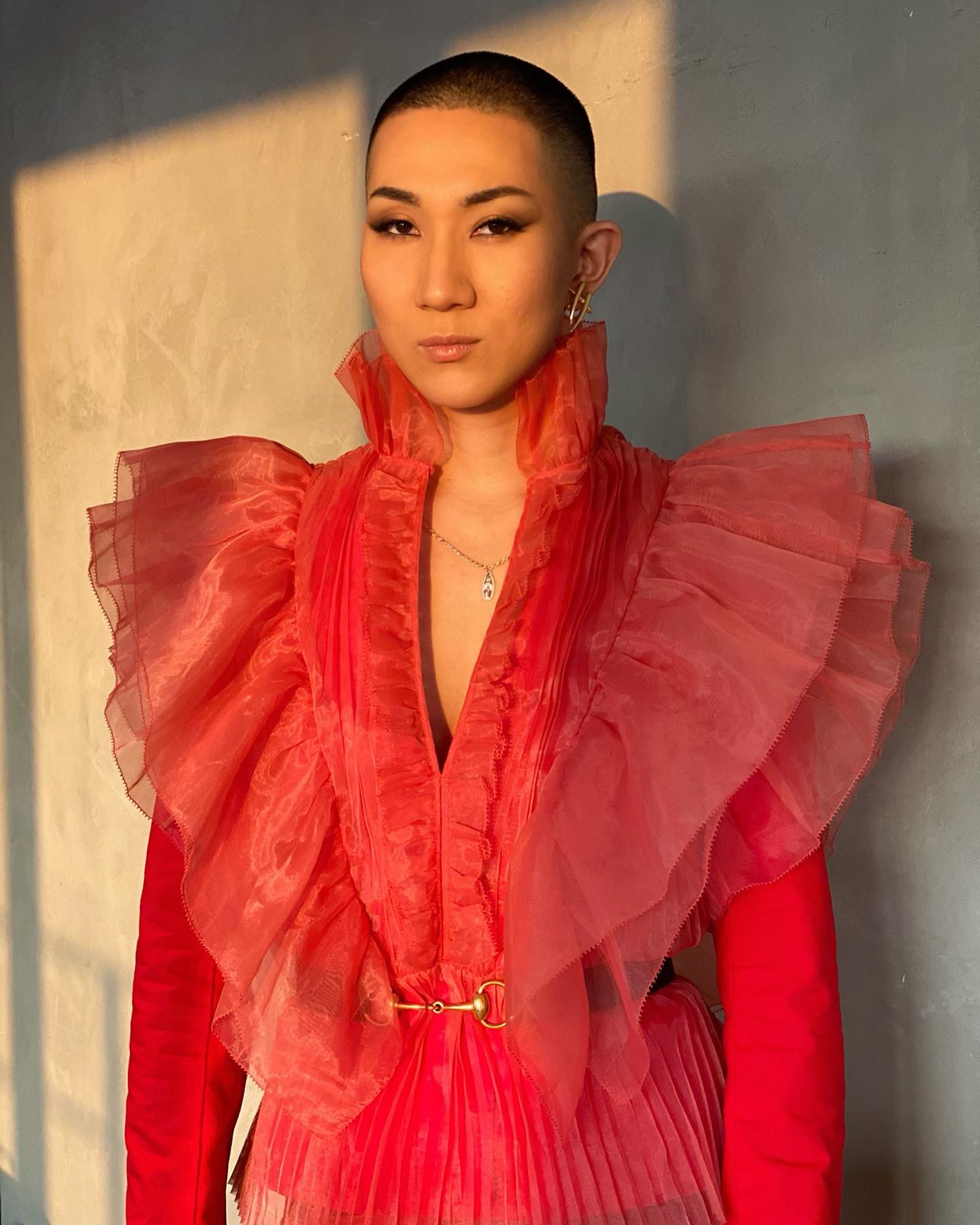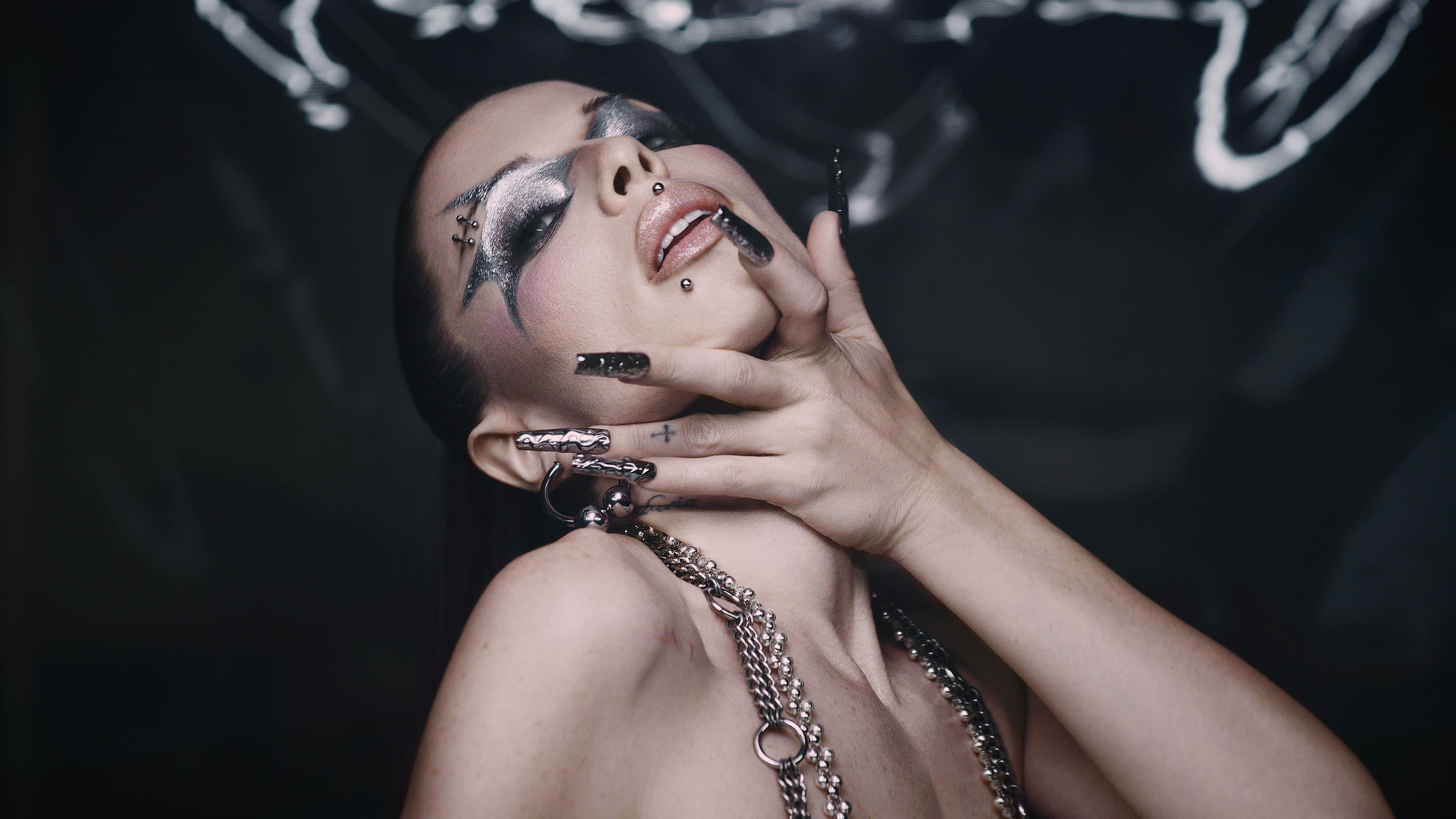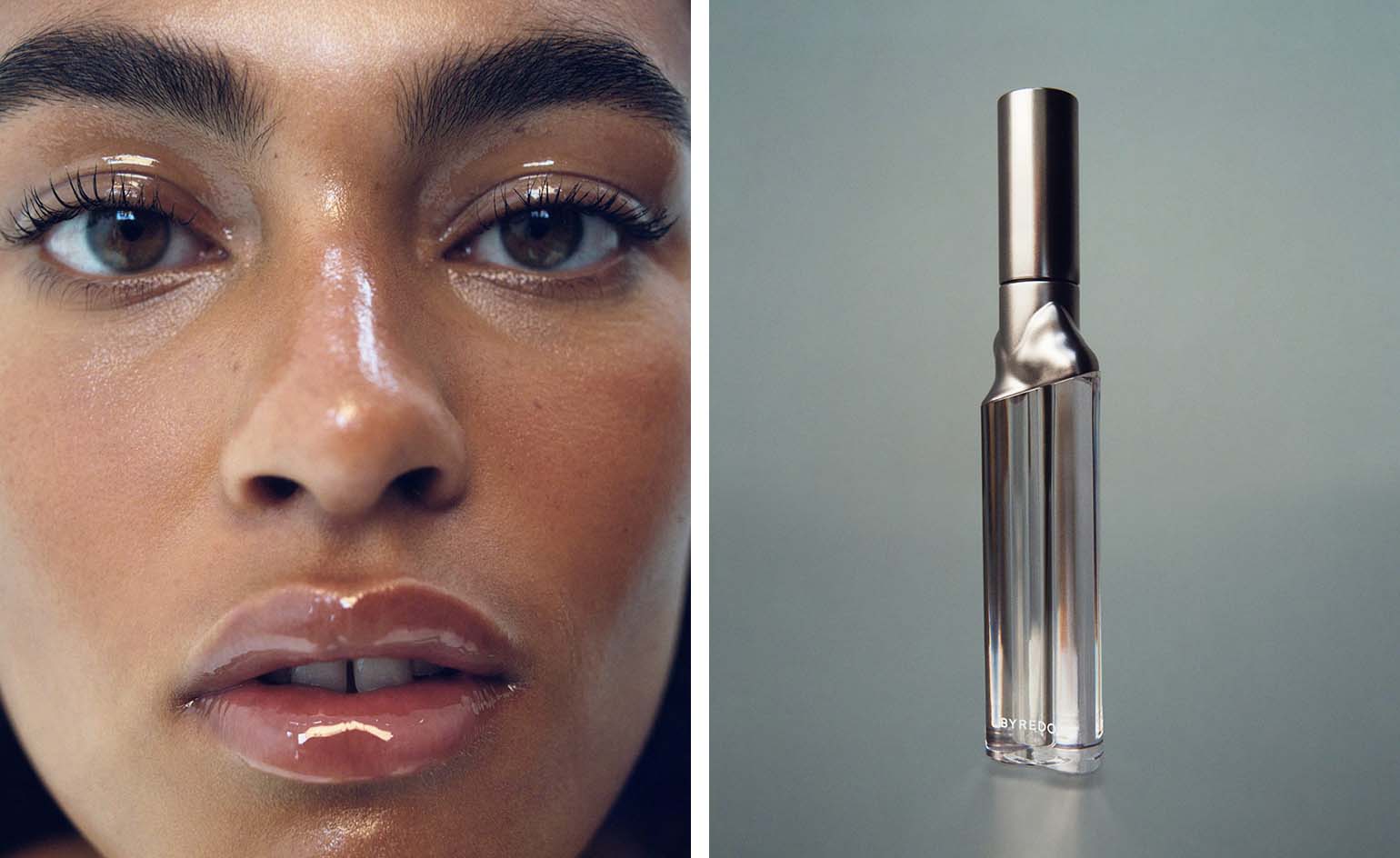Buddhist monk, make-up artist, and LGBTQIA+ activist Kodo Nishimura on self-acceptance
In honour of Pride Month, we revisit our interview with Kodo Nishimura, who talks to us about make-up, meditation, and more

There is an easy metaphor in the fact that Kodo Nishimura’s kimono is made out of Uniqlo shirts. The Buddhist monk, make-up artist, and LGBTQIA+ activist has made a career out of combining centuries-old traditions with modern sensibilities. Now, he has published his first book, This Monk Wears Heels, and has just finished celebrating its launch with a series of events at London’s fashionable outlet for Nordic and Japanese food, clothes and knickknacks, Pantechnicon.
I’m speaking to Nishimura in one of Pantechnicon’s Japanese-style dining rooms. We’ve reached the end of our interview but we hang back so that Nishimura can talk me through what he’s wearing that day and show me the outfit pictures he regularly posts on his Instagram. The kimono-shirt is the creation of his stylist who bleached, dyed and sewed new buttons onto two button-up shirts. Button the two shirts together, Nishimura tells me, slip the shirt on backwards and tie the sleeves around your waist like a belt.

It might seem contradictory that a Buddhist monk is so fascinated with clothes and make-up, and that he documents these interests on Instagram, or even has an Instagram account at all. There was a point when it seemed that way to Nishimura too, who was born into a family of Buddhist priests and grew up in a temple. In adolescence, he struggled to understand how he could reconcile his LGBTQIA+ identity with his Buddhist upbringing, and it wasn’t until he moved to New York at 18 that he began to fully embrace his homosexuality.
‘When I was in New York, or when I was travelling in Europe, I felt that religious values are one of the biggest hindrances for people to be themselves. When I studied Buddhism I used to hate it because… how can you be liberated by chanting? But my mother, who is a pianist, told me that “before you say you don’t like Mozart, you have to study his music. You have to analyse the composition, play it, and then you can have a valid opinion.”
‘I didn’t have that valid opinion about Buddhism, so I decided to go into monk training, to see what it’s like and if it could help me evolve as a person.’ Returning to Japan and embarking on two-year monk training made Nishimura realise that ‘Buddhism actually supports LGBTQ people and that it says that everybody and anybody can be liberated equally. The essence of Buddhist teaching is not to maintain and preserve a traditional image but to help people. So I thought, why don’t I apply that teaching to what people are interested in today, such as make-up or fashion, in order to make Buddhism more relevant and approachable?’
Kodo Nishimura on make-up and desire
Nishimura believes that ‘beauty is the ability to find beauty’ and make-up is a tool that can be used to enlighten that discovery. His make-up tutorials are designed for all genders with a particular focus on men and trans women. The tutorials encourage them to embrace bold make-up looks that they have admired but might have been too nervous to try themselves; or offer tips like how to use an orange-hued concealer to cancel out the blue-shades of beard shadow.
As Nishimura sees it, the desire to look beautiful can be a positive force rather than a hindrance in your life.
Receive our daily digest of inspiration, escapism and design stories from around the world direct to your inbox.
‘Desire can be the source of suffering, if you are addicted to something that can choke you in the long run,’ he says. ‘But completely detaching yourself from any kind of desire, whether that is wanting to look beautiful or wanting to have more things, or whatever it is, is not necessarily right. As long as we are human, we must want to live, we must want to eat and sleep, and have sexual desires. So denying desire is not the goal, but eliminating certain desire is the solution.
‘For instance, if you suffer from a hopeless situation, like losing someone you can't get back, then you need to give up that desire and move on. If you are so addicted to buying nice clothing that it’s causing you to run out of money, then giving up the desire and realising that you actually don’t need those things is the solution. But becoming entirely free of desire itself is not the goal.’
Types of meditation
Nishimura’s approach to mediation is equally inclusive. He recognises that the idea of emptying your mind might not appeal to everyone, in fact, it doesn’t even appeal to him.
‘I prefer to sort of vomit all the emotions and thoughts onto paper or talk to people about it,’ he says. ‘Thoughts are like ghosts. Unless you make them tangible, they are going to haunt you. If you write down your thoughts, make them something you can see, then they can’t scare you anymore. It’s like turning on the lights of the haunted mansion at Disneyland; you’re suddenly not scared anymore because you know the why and how.
‘Another thing Buddhism talks about is how everything has a reason. No one is really trying to make you feel angry or sad, rather [their behaviour towards you] is a reflection of what they’re going through. Being able to see from a distance by writing thoughts and experiences out, and analysing them makes it easier to see how a person is just reflecting their current situation onto us and ultimately makes us feel more… chill.’
Is there one piece of advice he finds himself thinking about all the time, I ask Nishimura? ‘It’s a sin to lie to your heart,’ he says without missing a beat. ‘Which means finding a way to be in sync with the world around you and not lying to yourself. I keep telling myself because it’s hard, but that’s the only way to make everybody happy, even if it means going against the expectations of your society or community.’
INFORMATION
This Monk Wears Heels: Be Who You Are, by Kodo Nishimura, £14.99 hardcover, Watkins Publishing, watkinspublishing.com
Mary Cleary is a writer based in London and New York. Previously beauty & grooming editor at Wallpaper*, she is now a contributing editor, alongside writing for various publications on all aspects of culture.
-
 This modern Clapham house is nestled indulgently into its garden
This modern Clapham house is nestled indulgently into its gardenA Clapham house keeps a low profile in South London, at once merging with its environment and making a bold, modern statement; we revisit a story from the Wallpaper* archives
-
 The new Tudor Ranger watches master perfectly executed simplicity
The new Tudor Ranger watches master perfectly executed simplicityThe Tudor Ranger watches look back to the 1960s for a clean and legible design
-
 This late-night hangout brings back 1970s glam to LA’s Sunset Boulevard
This late-night hangout brings back 1970s glam to LA’s Sunset BoulevardGalerie On Sunset is primed for strong drinks, shared plates, live music, and long nights
-
 Isamaya Ffrench launches Industrial 2.0
Isamaya Ffrench launches Industrial 2.0As Isamaya Ffrench debuts the Industrial 2.0, the newest addition to her eponymous beauty line, we revisit our interview with her on the occasion of its first launch
-
 Lucia Pica makes ‘crying’ a good look with this Byredo make-up
Lucia Pica makes ‘crying’ a good look with this Byredo make-upMake-up artist Lucia Pica brings her sophisticated subversion to Byredo with the launch of Liquid Lipsticks that also bring an ambiguous but gorgeous gloss to eyes
-
 La Bouche Rouge launches fully sustainable makeup collection
La Bouche Rouge launches fully sustainable makeup collectionWe speak to the maison's founder about the brand's expansion and the future of sustainable beauty